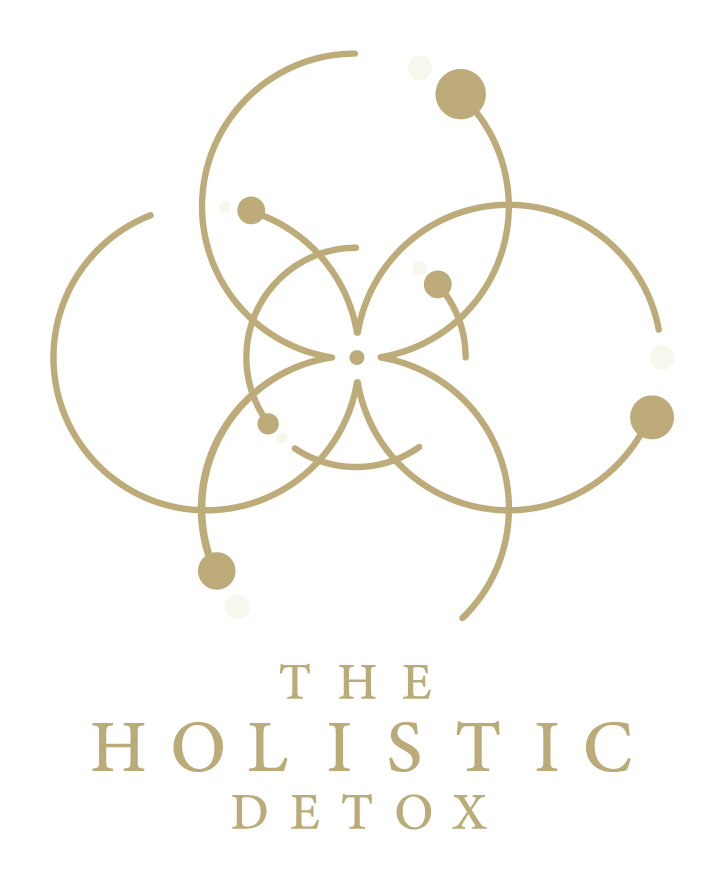Introduction: The Hidden Hormone Rollercoaster
Have you ever wondered why your mood swings, bloating, and anxiety seem to spike right before your period? For many women, these aren’t just random “PMS symptoms” they’re signals of a deeper hormonal imbalance. One of the most common (and overlooked) culprits is estrogen dominance. When estrogen runs the show without enough progesterone to balance it out, the result can feel like an emotional and physical rollercoaster you didn’t sign up for.
In this article, we’ll unpack how estrogen dominance fuels PMS and anxiety, what’s really going on inside your body, and practical steps you can take to find balance—without guessing games or quick fixes.
What Is Estrogen Dominance?
Estrogen dominance doesn’t necessarily mean you have sky-high estrogen. Sometimes, it simply means estrogen is high in relation to progesterone. Even “normal” estrogen levels can feel overwhelming if progesterone is too low to counterbalance it.
Key signs of estrogen dominance include:
- Mood swings and irritability
- Anxiety and restlessness
- Bloating and water retention
- Breast tenderness
- Heavy or painful periods
- Trouble sleeping
For many women, these symptoms peak in the luteal phase (the two weeks before menstruation), making PMS and anxiety feel unmanageable.
Why Hormonal Imbalances Trigger Anxiety
Hormones are powerful chemical messengers, and when they’re out of sync, your brain feels it. Estrogen directly affects neurotransmitters like serotonin and GABA, both of which regulate mood, calmness, and resilience to stress.
When estrogen levels are too high compared to progesterone:
- Serotonin may fluctuate → causing mood dips and irritability.
- GABA activity decreases → making it harder to relax and fall asleep.
- Cortisol spikes → fueling anxious, wired-but-tired feelings.
It’s not “all in your head”—your hormones are literally shaping your emotional state.
PMS, Anxiety, and the Estrogen-Progesterone Dance
Think of estrogen and progesterone as dance partners. Estrogen leads during the first half of your cycle, helping with energy, focus, and even glowing skin. But in the second half, progesterone should step in to calm the system, preparing your body for either pregnancy or a healthy period.
When progesterone doesn’t rise enough, estrogen continues to dominate the dance floor leading to classic PMS symptoms:
| Estrogen Dominance Symptom | Underlying Hormonal Trigger |
| Anxiety & racing thoughts | Low progesterone → low GABA support |
| Mood swings & irritability | Estrogen fluctuations impact serotonin |
| Insomnia | Estrogen dominance disrupts melatonin & GABA |
| Bloating & cramps | High estrogen increases water retention |
This hormonal mismatch is why PMS often feels like anxiety on steroids.
Real-Life Story: When Anxiety Wasn’t “Just in Her Head”
Take Sarah, a 32-year-old professional juggling work and family. Every month, she noticed that about 10 days before her period, her anxiety spiked. She couldn’t sleep, snapped at her partner, and dreaded social plans. Her doctor initially prescribed anti-anxiety medication, but the symptoms never fully resolved. After running hormone tests, it turned out Sarah’s progesterone was almost nonexistent in her luteal phase, while estrogen was slightly elevated. Once she addressed her estrogen dominance with lifestyle changes and targeted supplements, her “PMS anxiety” finally eased.
Stories like Sarah’s are common and they highlight why addressing root hormone imbalances matters.
Why Modern Women Face More Estrogen Dominance
Estrogen dominance is more widespread today than ever. Why? Because our modern lifestyles fuel it:
- Environmental toxins (xenoestrogens): Found in plastics, skincare, and pesticides.
- Chronic stress: Suppresses progesterone production.
- Gut imbalances: Poor detox pathways slow estrogen clearance.
- Poor liver health: The liver metabolizes estrogen if it’s sluggish, estrogen lingers.
- Hormonal contraceptives: Can disrupt natural progesterone cycles.
All these factors stack up, creating the perfect storm for PMS and anxiety.
How to Naturally Balance Estrogen and Ease PMS Anxiety
The good news? Estrogen dominance doesn’t have to control your life. With the right strategies, you can bring your hormones back into balance.
1. Support Liver Detox
Your liver plays a crucial role in clearing excess estrogen.
- Eat cruciferous veggies like broccoli, kale, and Brussels sprouts.
- Stay hydrated and limit alcohol.
- Consider natural support like milk thistle or DIM.
2. Manage Stress and Boost Progesterone
Chronic stress robs your body of progesterone because cortisol (the stress hormone) competes for the same raw materials.
- Try calming practices like yoga, journaling, or breathwork.
- Wellhistic’s CALM supplement is designed to support relaxation and balanced cortisol, making it easier for progesterone to do its job.
3. Prioritize Gut Health
A healthy gut microbiome helps regulate estrogen metabolism.
- Eat fiber-rich foods.
- Add fermented foods like kimchi and sauerkraut.
- Avoid excess sugar and processed foods.
4. Try Targeted Supplements
Some women find relief with natural support tailored for PMS.
- Wellhistic’s Hormone & PMS Support provides nutrients that stabilize mood, reduce bloating, and ease cramps.
- Magnesium, B-vitamins, and omega-3s can also improve mood stability.
5. Sleep and Circadian Rhythm
Good sleep supports hormone regulation.
- Aim for 7–9 hours of quality sleep.
- Avoid late-night screen time.
- Use calming teas like chamomile or lavender.
Case Study: The Power of Lifestyle Tweaks
Melissa, age 40, struggled with PMS so severe she missed work each month. After starting a hormone-friendly lifestyle adding cruciferous veggies daily, cutting caffeine, and taking Wellhistic’s Hormone & PMS Support she reported that her bloating and anxiety dropped significantly within three cycles. She didn’t need drastic changes; just targeted, consistent shifts.
When to Get Tested
If your PMS and anxiety feel unmanageable, testing is key. Ask your provider for:
- Day 21 progesterone test (in a 28-day cycle)
- Estrogen (estradiol) levels
- Cortisol testing
Knowing your hormone landscape helps you make smarter decisions instead of relying on guesswork.
Key Takeaways
- Estrogen dominance isn’t just about high estrogen—it’s about low progesterone balance.
- PMS and anxiety are often signs of hormone imbalance, not just “being emotional.”
- Supporting liver health, managing stress, and using targeted supplements can dramatically ease symptoms.
- Real women see life-changing improvements once they address estrogen dominance at its root.
Next Steps: Take Back Control of Your Hormones
If you’re tired of feeling like PMS and anxiety are running your life, it’s time to act. Start small: add liver-loving foods, prioritize stress relief, and explore targeted supplements. Consider Wellhistic’s CALM for stress resilience and Hormone & PMS Support for balanced cycles.
Your hormones don’t have to be your enemy. With the right support, you can feel grounded, calm, and in control again.





